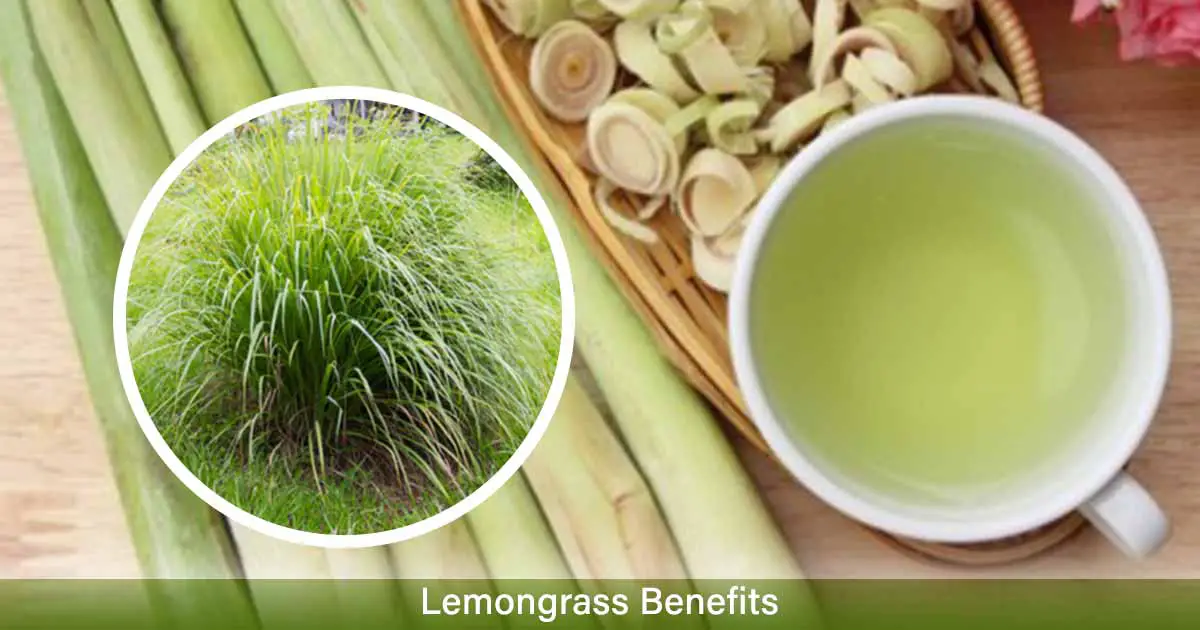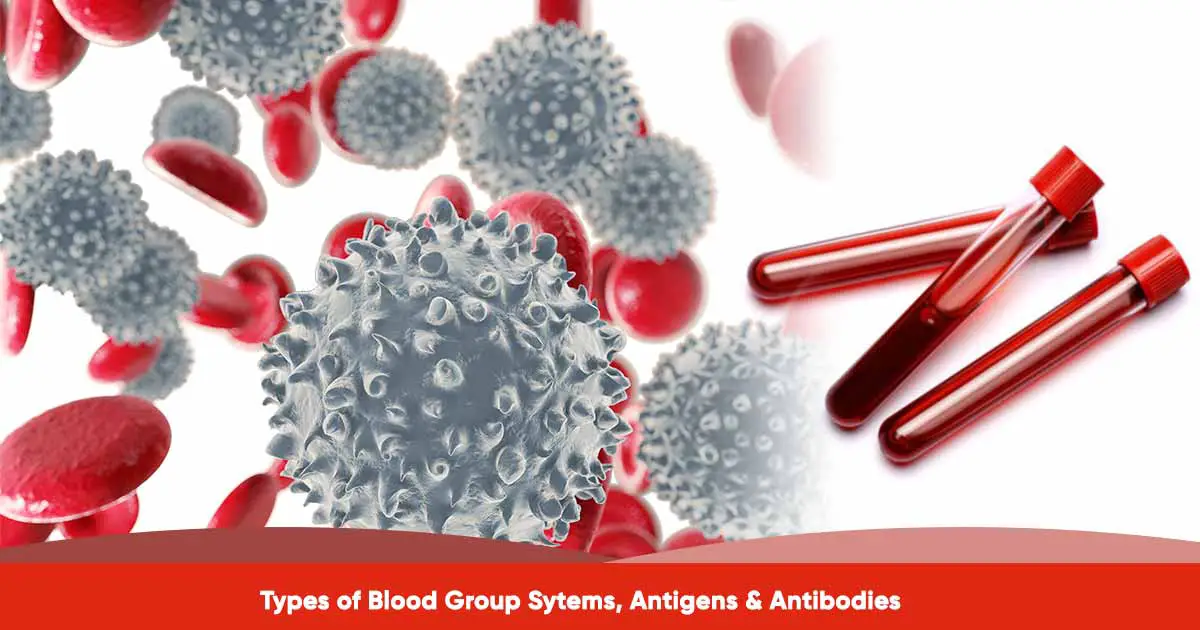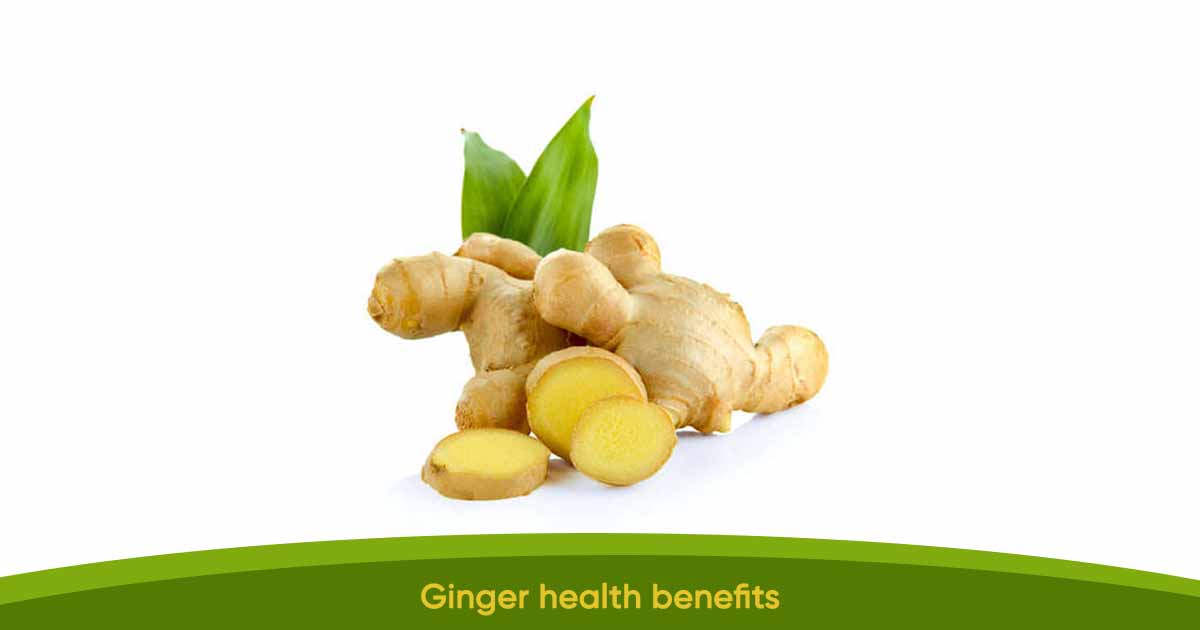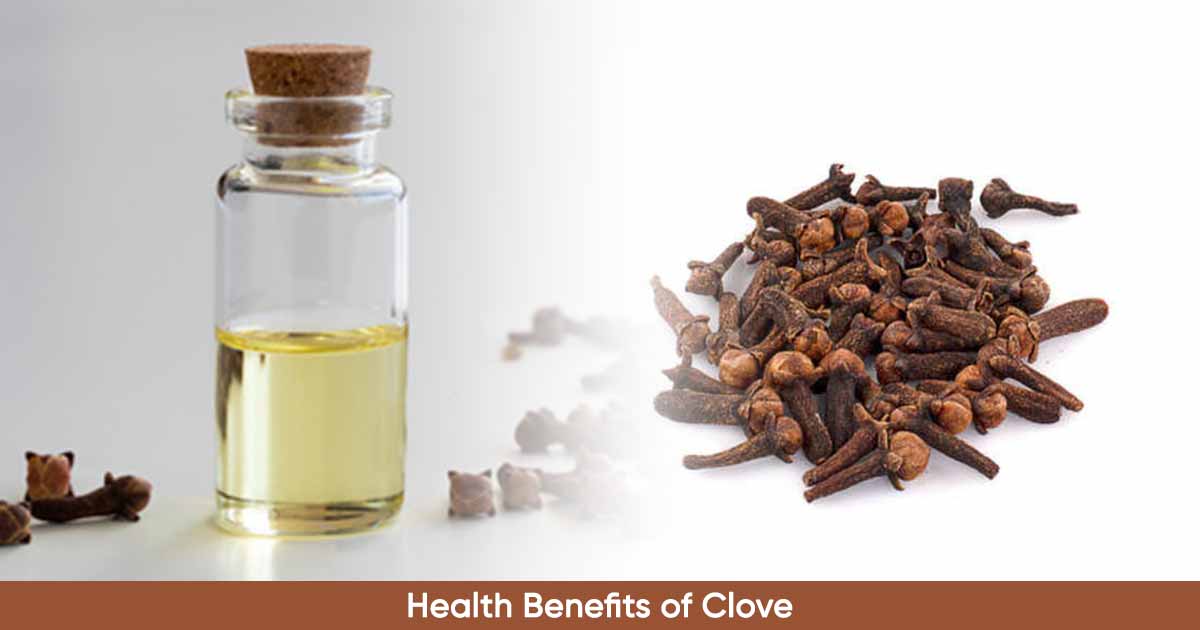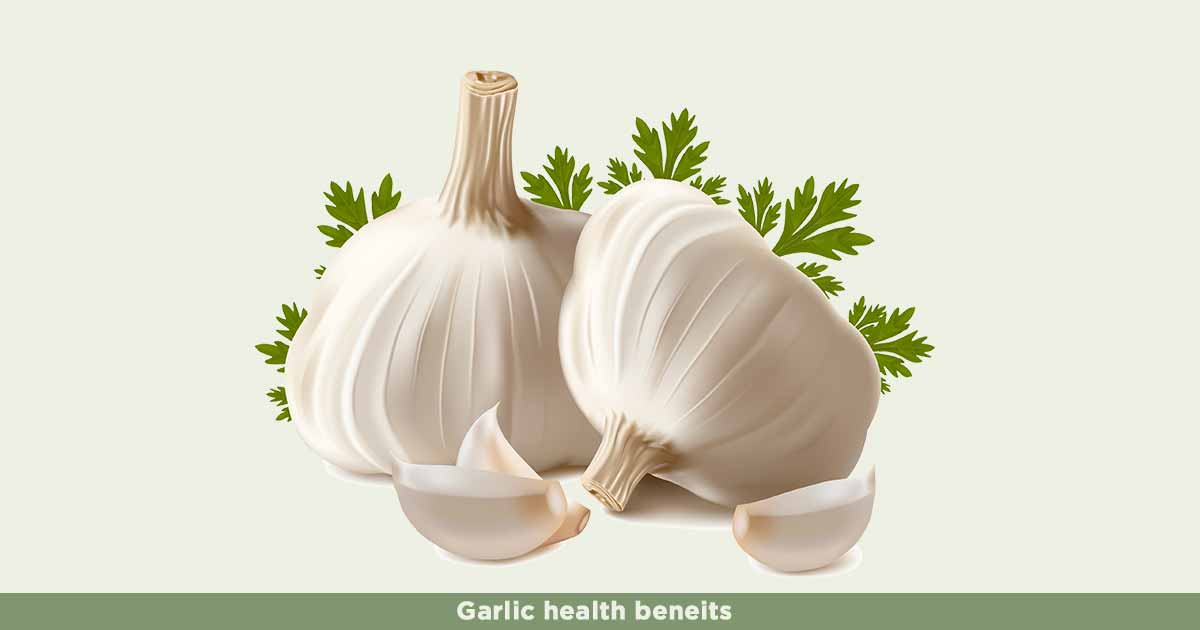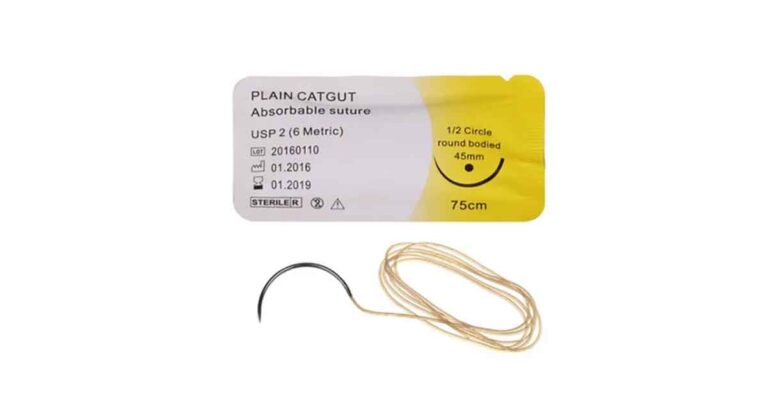Lemongrass (Cymbopogon citratus), also called lemon grass or citronella, is a tall leafy grass-like perennial plant which belongs to the family, Poaceae and the genus, Cymbopogon. The genus cymbopogon contains plants that produce volatile oils and are aromatic grasses.
There are other species, such as Cymbopogon flexuosus, which is regarded as the true lemongrass, and Cymbopogon pendulus.
Lemongrass plant is common in the tropical countries of Asia, Africa, and America, while few species are in Europe and Australia. It is commonly used in the Southeast Asia for cooking.
The oil has high citral content, which gives the grass a strong lemon fragrance. Citral is a cyclic monoterpene, and a raw material for the synthesis of β-ionone. β-ionone is used in the synthesis of useful aromatic compounds and vitamin A. Lemongrass oil is a good substitute for cod-liver oil.
The lower part of the plant, like its stalks and bulbs, has a fresh, lemony scent that is sometimes added to various teas, marinades, curries, and even broths.
How to Extract Lemon Grass Oil
We can extract essential oils from flowers, seeds, pods, nuts, leaves, herbs, and other plant parts. Terpenes, which are mainly associated with aldehydes, ketones, and alcohols, are the main component of the essential oils.
Lemongrass oil, also called citronella oil, makes up 1 to 2% dry weight of the plant. The main methods of extraction of the oil are steam and hydro distillation. Other methods, such as microwave-assisted hydrodistillation (MAHD), pressurized liquid extraction using nitrogen gas, supercritical extraction of citronella oil with CO2 under high pressure yield better quality of oil. They also reduce the time consumption associated with steam and hydro distillation.
The essential oils are good for flavoring green tea, alcoholic and non-alcoholic beverages, puddings, baked foods, meat and meat products, fishes, wines. Also used in perfume making, soaps, and cosmetics due to the fragrance. They also have health benefits and less adverse effect.
Nutrition and Mineral Content of LemonGrass
Lemon grass contains nutrition such as high carbohydrate, crude protein, fiber, fat and energy. It has minerals such as vitamin A, B, C, sodium, magnesium, calcium, iron, phosphorus, zinc, manganese, potassium, selenium, copper.
Mineral and Nutritional Content of Lemongrass
| Minerals and Nutrition | Quantity |
| Carbohydrate | 55.00 % |
| Crude protein | 4.56 % |
| Crude fat | 5.10 % |
| Crude fiber | 9.28 % |
| Minerals | Quantity (mg/100g) |
| Sodium | 54.8 |
| Calcium | 59.5 |
| Pottasium | 59.5 |
| Magnesium | 70 |
| Iron | 0.024 |
| Manganese | 0.952 |
| Zinc | 121 |
| Phosphorus | 89.3 |
| Phytate | 11860 |
| Energy | 414 kJ |
Bioactive Elements in Lemongrass
Lemongrass contains alkaloids, saponins, flavonoids, tannins, terpenoids, phenols, steroids, anthraquinones, cardiac glycosides and phlobotannins.
The Cymbopogon flexuosus has 75-80% citral and has good solubility in alcohol, while Cymbopogon citratus has 74-76% citral and exhibits poor solubility.
The main constituent of the lemongrass is 75-85% aldehydes, mostly citral. Other constituents are linalool, citronellol, geraniol, nerol, 1,8 cineole, citronellal, linalyl acetate, geranyl acetate, α-pinene, limonene, caryophyllene, β- pinene, β- thujene, myrcene, β- ocimene, terpenolene, methyl heptanone and α-terpineol.
Health Benefits of Lemongrass
It Improves Hair and Skin Health: Studies indicate how lemongrass oil can be used on the hair and skin. This helps in preventing dandruff and hair fall. It also helps in preventing the skin from aging because of the vitamins it contains.
Antioxidant: Constituents such as isoorientin, chlorogenic acid and swertiajaponin in the herb are good antioxidants that help the body to fight free radicals that may cause cardiovascular diseases.
Treatment of Diabetes: Research shows that lemongrass has an ability in lowering blood sugar levels, and this can be helpful to people with diabetes. It is also used as a detoxification agent to purify the pancreas.
Regulation of Blood Pressure: They use this herb traditionally for the remedy and treatment of hypertension. Studies show lemongrass may decrease the systolic blood pressure and make a
slight increase in the diastolic blood pressure, making it a perfect remedy for people with
high blood pressure.
However, we suggest that individuals with heart problems should use this herb with caution, because it could bring the blood pressure level extremely down to leading to hypotension.
Weight Loss: This herb contains a few calories, as mentioned above, which makes it a good remedy as a weight loss agent. We can take the tea morning, afternoon and even in the evening.
The tea also contains polyphenols, which was as mentioned earlier are found to increase energy output and aids excessive fat removal, thereby contributing to weight loss.
Cosmetics and Perfumes: The pleasant odor of the oil makes it good for making soap, detergent and candles. They use the citral content in perfumery and flavoring in the food industries.
Improves digestion: The plant may help to prevent digestive issues such as bloating, discomfort, indigestion, gastric ulcers.
Anti-inflammatory action: The plant has compounds such as citral and geranial which prevent inflammation in the body. The limonene, nerol, gerianal, geraniol and myrcene content may be responsible for the inflammatory and antimicrobial actions.
Oral health: The plant may help to prevent inflammation of the gums and cavities. It has action against Streptococcus mutans which may cause tooth decay. It also fights Candida dubliniensis, another oral pathogen.
Anticancer effect: The element citral may prevent cancer by apoptosis, and immune boosting action.
Anemia: Since lemongrass contains iron, it may boost the production of red blood cells (erythropoiesis).
Antimicrobial action: This plant has activity against protozoal, bacterial, fungal and viral infections. It inhibits the protozoa, Leishmania species and prevents aflatoxin production in Aspergillus sp. and in Penicillium citrinum. It also has an antifungal action against Candida sp. and Aspergillus niger.
Combining silver nanoparticles and the oil will lead to a synergistic inhibitory action on growth of pathogens like – Escherichia, Staphylococcus, Moraxella, Enterococcus and Candida sp.
Insect repellant: This herb has strong repellant effect against insects and bugs.
Cholesterol control: The plant reduces the plasma cholesterol levels and low-density lipids, which may cause heart diseases.
As food: Lemongrass is used in Asian cooking. In Thailand and Indonesia, it is used to spice pastes.In Vietnam, they add fresh grass to broth when cooking beef or smoking meat. The grass can flavour meat, seafood, chicken.
Other recipes involving the lemongrass are coconut rice, Vegetarian Pad Thai, spiced carrot soup with ginger and lemongrass, and other Thai lemongrass dishes, such as Tom Yum Koong, Tom Yum Poh Tak, Tom Yum Kai, and Tom Ka Kai, Yum seafood, Yum.
Other health benefits of Lemongrass include management of anxiety, common cold, cough, convulsions, digestive tracts, epilepsy, fever, headache, insomnia, muscle spasm, rheumatism.
Other non-medical use of the grass is the production of paper from the cellulose in the leaves.
Lemongrass Tea
The plant stalk of lemongrass is used for cooking but can also be used to make tea. Though there are not much evidence to back the health benefit claims, there are strong beliefs that lemongrass tea can protect the body from free radicals and help prevent inflammation as a result of anti-inflammatory elements in the plant (chlorogenic acid, isoorientin, and swertiajaponin).
It may have other health benefits such as improving oral health, relieving anxiety, preventing infection, pain, bloating, lowering cholesterol levels, and boosting red blood cells.
The tea can be taken alone or combined with green or black tea, coffee.
How to Make Lemongrass Tea
Ingredients: 3 cups of water, 5 stalks of lemongrass leaves and 1 teaspoon of sugar
Procedure
- Step one: Pour in 3 cups of water into a pot and inserted 5 stalks of freshly washed lemongrass leaves. Let it boil for 5-10 minutes.
- Step two: Lower the heat and let it simmer for 3-5 minutes more. Then turn off the heat.
- Step three: Strain the content by separating the stalk from the liquid using a sieve, then add the teaspoons of sugar stir and serve hot or warm.
Lemongrass and Ginger Tea
Lemongrass and ginger tea are another combination that are of immense health benefits, such as fighting inflammation, anxiety and boosting digestion. Lemongrass has antioxidants, vitamin A and C, and other bioactive elements that are of benefit to the body. Ginger contains antioxidant, gingerol and other elements that aids digestion, improve immunity, and skin. The combination has a pleasant taste.
Ingredients: 5 cups of water, 5 stalks of freshly washed lemongrass, 1 tablespoon of grounded ginger, fresh or dry one, 1 Lipton tea bag, 1 teaspoon of sugar or honey.
Procedures
- Firstly, place the pot on fire and pour in the 5 cups of water and the lemongrass stalk. Leave to boil for 2 minutes.
- Then add the grounded ginger to the mixture on fire and let it boil for 3 minutes more.
- Reduce the heat and insert a tea bag(Lipton tea bag) and let it steam for a couple of minutes.
- Bring it down, add your honey or sugar to taste, stir and serve while still warm.
Side Effects
Lemongrass is safe in people when consumed. However, there are some health concerns when using the plant for medicinal purposes. Below are some of the side effects of lemongrass.
- Lungs problem because of inhalation
- Allergic skin reactions
- Dizziness
- Mouth dryness
- Frequent urination.
It should be avoided during pregnancy.
Conclusion
Lemongrass has so many health benefits and it’s safe for most people when consumed with food. Lemon can be used in any food preparations such as teas, soup and broths.
References:
- https://www.heighpubs.org/hjcee/pdf/acee-aid1022.pdf
- https://www.researchgate.net/publication/290390651_Lemon_grass
- https://www.alcorn.edu/uploaded/files/oaa/schools/agappliedsci/Lemon_Grass_Medicinal_uses.pdf
- https://www.researchgate.net/publication/305495607_Lemongrass

